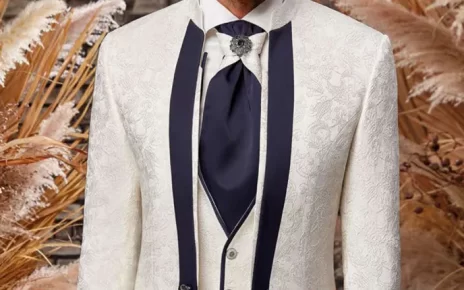Tilak Ceremony is one of the essential Pre Wedding Ceremonies in Hindu marriages. Tilak ceremony; is also known as the Groom acceptance ceremony. The Tilak ceremony is known by different names all across India. It is called Deep in the Eastern parts of India and is known by the name of Pottu or Chennai in South India. The rituals of the Tilak ceremony is quite different for different states. The Rituals also varies from castes and regions. There is a significant difference between the tilak ceremonies in tribal areas and tilak ceremony in the urban areas. It also differs from the differences in the cultures of different families.
Tilak, which is also the sign of auspiciousness, is generally put by the male members of the groom’s family like an uncle, cousin, brother by using Kumkum, the red vermillion. In some parts of India, the bride and her mother are not allowed to attend this ceremony. Generally, the Tilak ceremony is held at the residence of the groom, but sometimes it is also conducted at the temples. In the Sikh culture, this Tilak ceremony is generally held in Gurudwaras. Read more articles like this from Best Chicago Blogger .
Rituals of Tilak Ceremony
The thali used in the Tilak Ceremony is of great importance. Its preparation might vary depending on the region and the culture of the respective families. But, generally, the components of the thali are tilak, sandalwood, saffron, kumkum, oil and Diya. The thali is decorated for the Aarti of the groom. During the Arti, the head of the groom is generally covered. The ceremony symbolizes the bride’s father’s acceptance of the groom’s hand for his daughter. This whole Tilak ceremony revolves around the wish for the happiness of the coming life of the bride and the groom.
The beginning of the Tilak ceremony is marked with a pooja or a havan where the families of both Bride and the groom prays for the happiness of the family and hopes for a beautiful coming life of the bride and the groom.
After the pooja, the father of the bride and other elderly male members of the bride’s family puts Tilak on the forehead of the Groom. In a few parts of India, the father of the bride washes the feet of the Groom as a sign of respect.
After putting varmala on the forehead of the groom, the Bride father offered gifts to the groom and family members, which includes clothes, fruits, coconuts, and sweers.
After the bride’s father gives gifts to the groom and his family members, now it’s the turn of the groom father to present awards to the bride’s family. The tips may include coconut, rice, clothes, jewellery, Heena and Mehendi for the bride. Friends and relatives from the groom family carry these gifts for the bride and her family members.
In this ceremony, the groom is considered as the Lord Mahavishnu and is treated like Lord Vishnu.
Rituals like shodashopachara pooja, with aavahan, arghya, paadya, aachamaniya, snaana, madhuparka, garlanding, and offering Naivedya are performed.
At the end of the ceremony, to confirm that the whole service has successfully ended and both the families have accepted each other heartily a ritual of exchanging coconut along with betel leaves is performed.
Science Behind Tilak Ceremony
It is exciting to know the science behind this auspicious ceremony. The spot between the two eyebrows on the forehead is a major point in the human body. The Tilak has also prevented the loss of “energy”, and entry of negative energy into the body, the red ‘kumkum’ or the vermilion is said to control the various concentration levels in the body. It also has an acupressure science involved in it. While applying the tilak between the eyebrows, the region is automatically pressed, which helps in relaxation, and it increases the blood flow in that region. In the spiritual sciences, these spot is called Adnya chakra which is believed to be activated when the vermillion is put in the forehead.
Conclusion
The whole Tilak ceremony is about bringing the families of the Bride and groom together. So the Tilak ceremony is not only a ritual, but it also has Social and Scientific importance. Tilak ceremony, like any other ceremony in an Indian wedding, is a moment of Joy. A ritual such as Exchanging gifts between the two families helps in strengthening of the social bonding of the two families. So Tilak ceremony can be regarded as a ceremony performed to bring the two families near and to pray and wish for the upcoming life of the Bride and Groom.
Are you also looking to get hitched? Well, get in touch with a marriage bureau in Delhi to find a soulmate for you.





